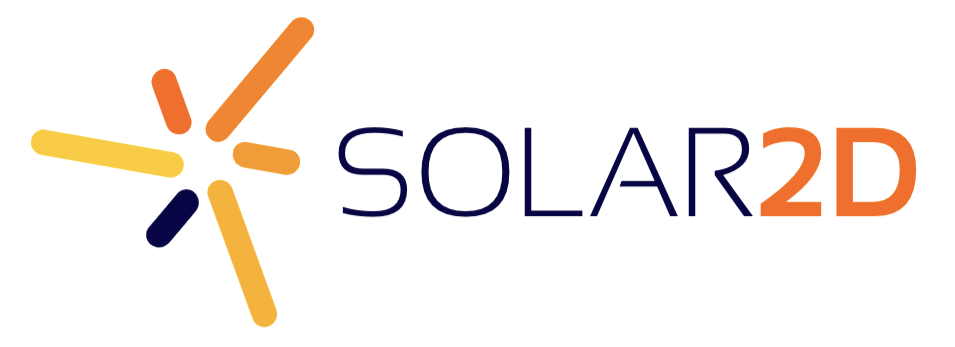>> When i run Internet Explorer which is full screen by default on Win 8.1 in touchscreen mode, clicking the address bar brings up the touch keyboard fine
You must be using the WinRT version of Internet Explorer (aka: the metro app version), because the Win32 version of IE does not do this for me. My point being is that Win32 desktop apps do *not* always show the virtual keyboard when tapped. Try it with Windows “Notepad”. You’ll see what I mean. Win32 apps play be different rules compared to WinRT apps. That’s by Microsoft’s design. This is the normal native Win32 behavior.
That said, there is a Windows 8 *exclusive* feature that we can use that requests the OS to show the virtual keyboard when a text field has been tapped regardless if a physical keyboard is connected. But it *only* works in Windows 8, not Windows 10. Microsoft took that public API away from developers in Windows 10. This is because Microsoft wants virtual keyboard handling to be OS controlled. In Windows 10, this is a setting that can be turned on/off globally (found under “Settings\Devices\Typing”), which impacts all Win32 apps (not WinRT/Metro apps).
We’re willing to implement the above mentioned feature when running a Corona app on Windows 8, but that’s as far as we’re willing to go. Anything more would violate Microsoft’s UI guidelines. Keep an eye out for a daily build regarding this.
And if it makes you feel any better, know that it isn’t any better for other Win32 app developers either. Your app will behave consistently with other Win32 apps. Case-in-point, see the bug report link below regarding the Mozilla FireFox browser regarding this same topic. The most they can do is implement the Windows 8 feature I mentioned above, which is not available on Windows 10. And from the looks of the bug report status, they didn’t resolve it.
https://bugzilla.mozilla.org/show_bug.cgi?id=963157
